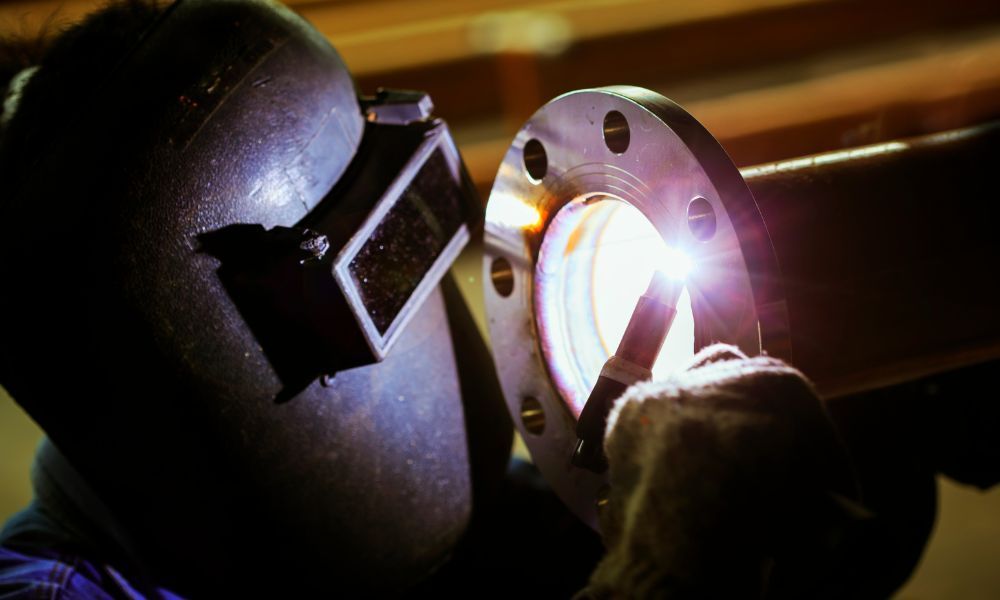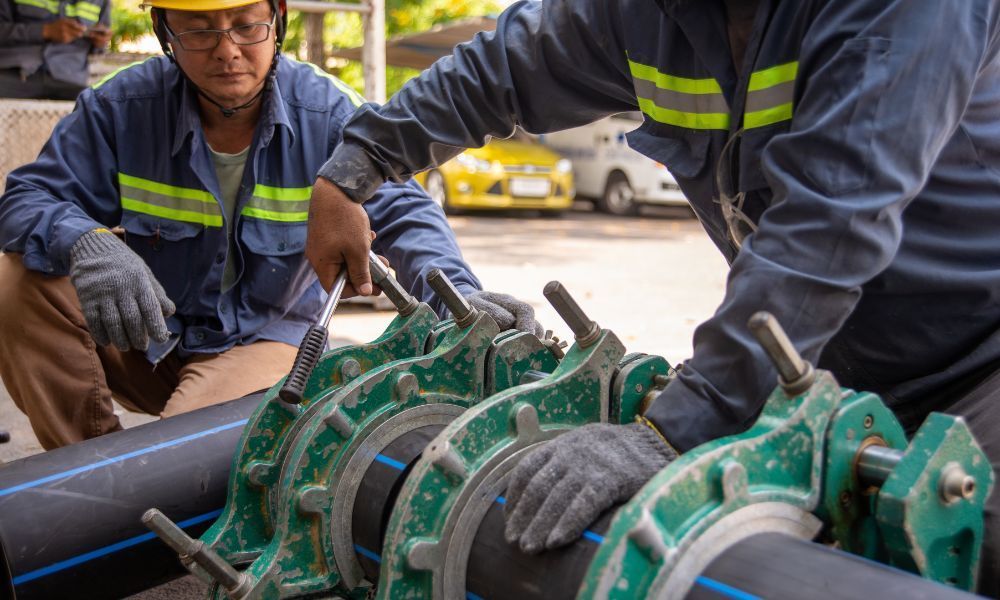Pipe fusion is relevant in irrigation systems, and professionals use specific methods to join pipes. Follow our quick guide to the HDPE pipe joining process for more information.
General Information
The method used to join piping is vital to any pipe system. The system’s engineering design determines the type (and effectiveness) of the techniques to join the pipes. The design can also estimate the durability of the resulting joints. The versatile joining techniques suitable for high-density polyethylene (HDPE) pipe allow people to take advantage of the flexible pipes in various applications.
Workers use heat fusion or mechanical fittings to join pipes. However, heat fusion is the most popular method. The three types of heat fusion joints are butt, saddle, and socket fusion. Each method has advantages and limitations for various applications. Companies need to assess the pros and cons of each method before fusing pipes. Luckily, pipe dealers can discuss the limitations of techniques. When considering HDPE pipe connection methods, it’s important to choose the right approach based on the specific requirements of the project, such as pressure, flow rates, and environmental conditions. Understanding the strengths and weaknesses of each connection method ensures a more durable and efficient installation.
Heat Fusion
 Heat fusion involves heating two surfaces to a precise temperature and then joining them together with force.
Heat fusion involves heating two surfaces to a precise temperature and then joining them together with force.Heat fusion occurs when workers heat two surfaces to a specific temperature and fuse them together by force. The force joins the melted components together, resulting in a permanent fusion joint. Here’s a quick guide to the HDPE pipe joining process to help you understand each method.
Butt Fusion
This method requires workers to heat the ends of HDPE pipe, a pipe and fitting, or two fittings by pressing them against a heated plate. Once the ends melt, they bring them together and let the joint cool while applying force.
Saddle Fusion
This approach involves melting the curved surface of the base of a saddle fitting while melting a matching pattern on the pipe’s surface. Workers push the melted surfaces together and let the joints cool while applying force.
Socket Fusion
This joining process is the most complex, as it requires workers to synchronously heat the outside surface of a pipe end and the inside surface of a fitting socket. After melting, they join the parts by inserting the pipe into the fitting. The melted parts fuse as the joint cools.
Safety Notes
Different hazards are associated with pipe fusion, including hand injuries, skin burns, pinch points, and strains or sprains. Never stick your hand in a line of fire, and always follow safe welding practices. It’s also important to wear protective gear like eye protection and heavy-duty gloves to prevent skin contact.
Coastal Resource provides an assortment of industrial products. Along with HDPE piping, we offer tank truck hoses and safety gear. Call us today to purchase the things you need to stay safe!


